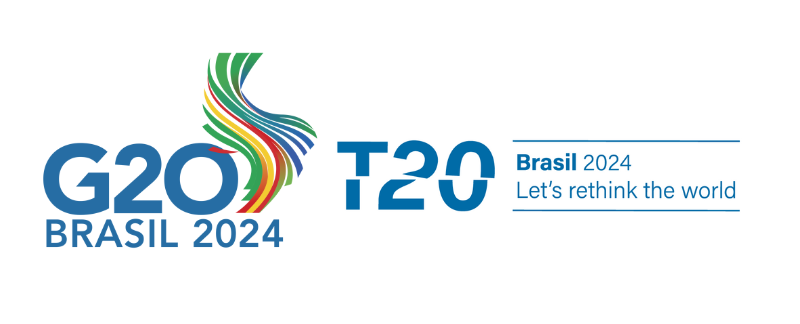Resource-rich countries of the G20 face a new policy paradox in the transition away from fossil fuels.! Critical minerals are essential for low-carbon technologies, but the scale and pace of mining required to meet demand poses risks to the environment and communities at a local level. It is estimated that 69% of global reserves of critical minerals are located on the lands of Indigenous and land-connected peoples.” This policy brief builds on the G20 New Delhi Leaders’ Declaration (2023) commitment to support “reliable, diversified, sustainable and responsible supply chains for energy transitions, including for critical minerals”, and other important initiatives, such as the Panel on Critical Energy Transition Minerals appointed by UN Secretary- General Anténio Guterres in April 2024. The recommendations align with the Sustainable Development Goals 7, 10, 12, 13 and 16, and the mining policy frameworks of the Intergovernmental Forum on Mining (IGF), the AU, EU and other intergovernmental organisations.’ We recommend a G20 Safeguards in Minerals Mapping and Analysis Programme (SiIM-MAP), for identifying and synthesising data on the intersection of critical minerals with areas of social and environmental risk, to better inform public policy and regulation. U’Karl, T. (1997) The Paradox ofPlenty: Oil Booms and Petro-states is a seminal work on natural resource governance in the Twentieth Century. 2 Owen, J.R., Kemp, D., Lechner, A.M. et al. Energy transition minerals and their intersection with land-connected peoples. Nature Sustainability 6, 203-211 (2023). 3 See, for example, the African Mining Vision Action Plan (2011) and the Association of Southeast Asian Nations Minerals Cooperation Plan (AMCAP-III, 2021-2025). The programme would exchange knowledge of where minerals exploration and development overlaps with sensitive areas, and other risk factors, such as low human development, food and water insecurity, gender inequality, high biodiversity value, cultural heritage, conservation and conflict-affected areas. Recommendations include to better integrate safeguards for mining projects within regulation and fund in-depth social science research on critical minerals development. Strategic partnerships, dialogue and participatory monitoring of policy implementation draws on the local knowledge systems of Indigenous and land-connected peoples for a just energy transition.
Register for Updates
Would you like to receive updates on the Global Solutions Initiative, upcoming events, G7 and G20-related developments and the future of multilateralism? Then subscribe here!
1 You hereby agree that the personal data provided may be used for the purpose of updates on the Global Solutions Initiative by the Global Solutions Initiative Foundation gemeinnützige GmbH. Your consent is revocable at any time (by e-mail to contact@global-solutions-initiative.org or to the contact data given in the imprint). The update is sent in accordance with the privacy policy and to advertise the Global Solutions Initiative’s own products and services.









